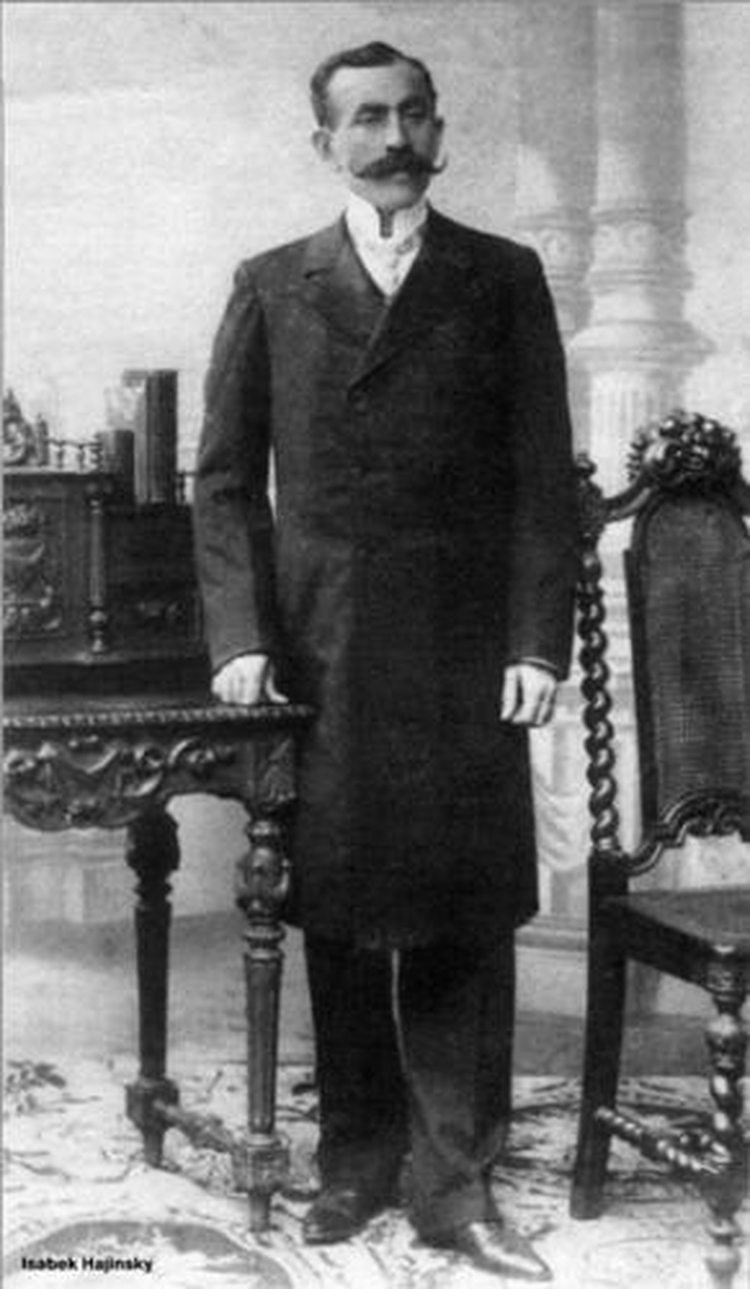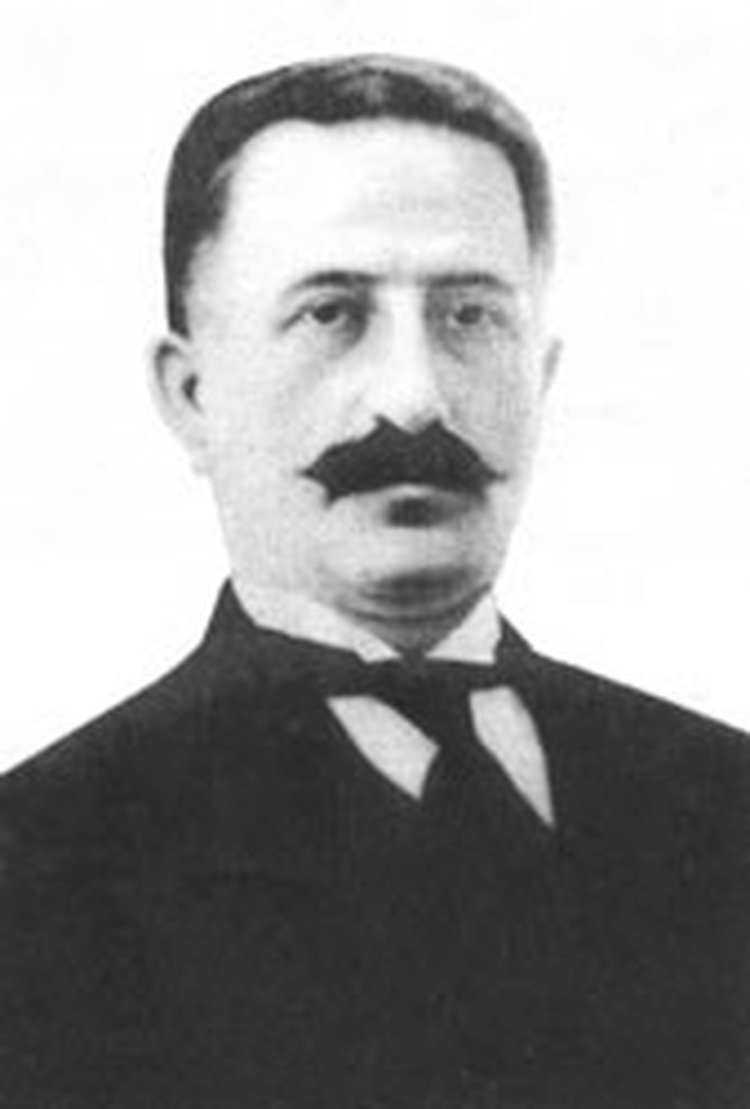The Baku City Duma

City Duma building.
General view. Civil engineer L.V.Goslavskiy. 1900-1904
According to the decree of the Governing Senate of the Russian Empire dated May 24, 1877, the Baku City Duma, as the administrative body of the municipal governing authorities of the city of Baku, was established in 1878. The decree of the Tsarist Government on the cities dated June 16, 1870 in Baku came into force only 8 years later and in an incomplete form. The first City Duma of Baku consisted of 72 council members (later, 75) who had been elected through special electoral assemblies for a term of four years. The candidate, in order to be elected for the Duma, had to be at least 25 years of age, being an owner of immovable property or an owner of commercial and industrial enterprises with a value of at least 1,500 rubles. Women had been deprived of their electoral rights. With regard to the limitation of electoral rights, only 2-3% of the population could participate in the Duma elections. The number of Azerbaijanis in the Baku City Duma could not exceed half of the total number of its members. According to the law of 1892, one third, and in 1900 half of the members of the Baku City Duma were supposed to be Christians. The Duma was chaired by the head of the city municipality.

The elected to the Duma were mostly major oil industrialists, merchants, manufacturers and shipowners. The members of the Duma at different times were Haji Zeynalabdin Taghiyev, Musa Naghiyev, G.Lianozov, Isa bey Hajinski and other entrepreneurs. Among the representatives of the progressive intelligentsia of Azerbaijan elected to the City Duma at different times must be mentioned Hasan bey Zardabi, Habib bey Mahmudbeyov Meshadi Azizbeyov and others.

The Baku City Duma worked only on economic issues - improvement, trade, the establishment, collection and payment of city taxes, fire protection measures, etc. The city and municipal governments were operating under the supervision of the governor and the minister of internal affairs. Thus, these departments were a subsidiary body which considered local economic issues of the government. The activity of local governments was suspended after the February revolution in Russia, in 1917. The status of the Baku City Duma has been amended. 12 different parties and groups were registered for participation in the election of the new composition. The elections to the Duma took place with the participation of only resident voters, in October 1917, during the period when there was an arduous struggle for power. The population of suburban industrial sites that was not considered as a part of the territory of the City District Office was not included in the voter list. Despite the fact that the Bolsheviks obtained a little more than half of the votes (only 16%), no party failed to gain a decisive advantage. The Muslim bloc got more than 10,000 votes during the election which was attended by representatives of other organizations united in political blocs. The City Duma, acting under the leadership of Fatali Khan Khoysky, was the only possible rival of the Bolshevik Council. After the Turkic-Muslim genocide in March 1918, the Bolsheviks seized power and dissolved the City Duma. On April 10, 1918, the Baku City Duma was liquidated by the decree of the Revolutionary Defense Committee of Baku and its districts, and its functions were transferred to a special department of the urban governance. The abolished and looted urban governance was restored following the establishment of the Azerbaijan Democratic Republic.

Chairman of the Duma
On July 30, 1918, the Government of the Azerbaijan Democratic Republic adopted a resolution on the restoration of the Municipal Government. And on September 18, on the basis of law of the interim Government of Russia (June 9, 1917), the Municipal Government of Baku was restored in its elected composition. The City Duma had been granted the right to bring the composition of the Duma up to 80 members, as well as to increase the number of urban governance employees. But owing to the absence of a significant part of the deputies, after the re-establishment of the urban governance the Government allowed to supplement the composition of the Baku City Duma by adding its representatives. On September 22, 1918, the list of deputies of the Municipal Government submitted by the Baku public self-governance was adopted. In this period, more than half of the Duma’s deputies were Azerbaijanis. On January 27, 1919, the terms of all deputies represented different cities, including Baku Municipal Government’s deputies, were extended on condition that new elections would be held no later than April 1. Monitoring of activities of the governance was entrusted to the Governor and the Minister of the Interior. The governance was under the leadership of the mayor and consisted of 7 departments (economic, construction, financial, land, school, sanitary-medical, water).

Member of the Duma
Habib Bey Mahmudbeyov
The financial crisis and precarious living conditions forced the urban governance requesting assistance from the government, which had repeatedly made a number of contributions and subsidies to it. So for instance, on January 25, 1919, a sum of 2,200,000 manat was allocated to combat the typhoid epidemic, and on February 26, a sum of 4 million manat was allocated for social expenditure and urban economic development. On July 27, 1919, the parliament adopted a decree on collecting duties in poods from imported and exported goods in favor of cities, and on November 17, the Municipal Government of Baku approved the procedure for collecting duties in poods. Under this rule, from every exported oil and oil residues were charged duties of 10 kopecks, from white oil and lubricating oil of 20 kopecks. The urban economy in the period of chaos was destroyed and left to its own resources. Therefore, the urban governance was unable to support the activity, despite the fact that its rights in this respect had been recognized by a variety of structures, it got a significant material assistance provided by the government and was ensured by loans from the public treasury.
Reference used:
Encyclopedia of Azerbaijan Democratic Republic. In two volumes, the first volume, Baku: Lider press, p. 234-235. (in the azerbaijani language)
